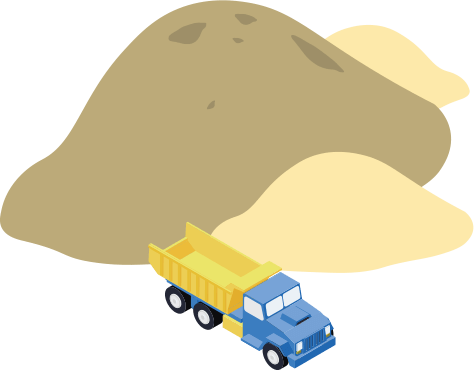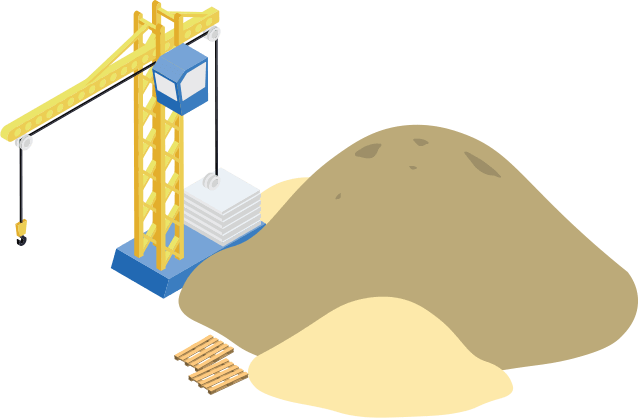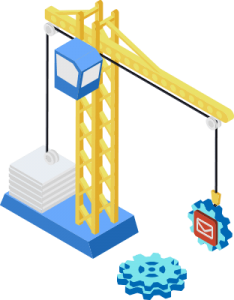What’s an “app?” The word is short for “application” which is the computer term for a program you use to do something – such as email, or watch videos, or play Candy Crush. That is in contrast to your operating system (Windows, iOS, etc.) that runs the whole device.
But what’s an app? Mostly when people say “app,” they mean something you download and install on your phone. It has an icon on your home screen you click on to start the app and then do things with it.
Pardon me for being idiotically simple here, but the term has gotten confusing because its meaning has broadened in recent years. First of all, Microsoft also uses the word “app”, in referring to programs on desktop computers. And they’re right. Fundamentally, these are no different than an app on your mobile device.
Then there is what is called a “web app” or PWA (“Progressive Web App”).
This is something else. And it isn’t just a trivial use of a name. It is a big deal, an up-and-coming change in the world of day-to-day computing.
NATIVE OR “TRUE” APPS
The apps you download from the Google or Apple stores are what are called “true apps” or “native apps.”
This type of app:
- Has to be downloaded and installed on your device.
- Is specific to your type of device and even the particular model.
- It has access to all the capabilities of your device, depending on permissions, such as push notifications.
- Will appear on your device’s home screen with its own icon.
They are called “native” apps because they are native to the device.
WEB APPS (PWAs OR “PROGRESSIVE WEB APPS”)
A PWA is not installed on your device but runs on a website.
- A PWA does not have to be downloaded or installed. It runs on your browsers such as Chrome, Safari, or Edge. That is the fundamental difference from a native app.
- There are no different versions of a PWA for different devices, models, screen sizes, or browsers.
- It may have access to all or virtually all of the capabilities of your device. This may be dependent on your browser’s capabilities or permissions.
WHY NATIVE APPS?
As a website development company, we are frequently asked about doing an app to go along with a client’s website. Once we discuss this with the client, they almost always decide they don’t need an app.
Apps are sexy.
More to the point, hardly anyone is aware of the existence of PWAs. And at first, they had disadvantages, features they couldn’t make use of on your phones. By now, the percentage of cases where a native app is essential or has great advantages over a PWA has become rare.
If you’re a large company, there’s no reason not to do a native app. And who doesn’t want their own app?
EASE OF DEVELOPMENT
Native apps are expensive to develop and expensive and require a significant infrastructure to maintain. This is because of that basic difference. Your native app installs and runs on the user’s device. So it has to be compatible with and work on each different user device and operating system version.
You go to one store to download an app for your iPhone, another for your Android. And God helps you if you have one of the 2-1/2% of mobile devices that runs on another operating system.
So, ignore the 2.5% and develop apps for iOS and for Android. That means two completely different developments. And don’t forget, your app has to work on different devices (iPhone, iPad), different models, different screen sizes, AND different versions of the OS.
Oh yeah, and you have to get your app approved and into the two stores.
With a PWA, you create a website. You’re done.
Of course, that’s an over-simplification. But it is pretty close. It has to work right on different browsers and browser versions, it has to look and work right on different screens. But that is easily handled because the same issues apply to any website. Website development platforms, such as WordPress, are set up to make dealing with such issues relatively easy.
MAINTENANCE
This is where having native apps gets painful. Every time a new device or OS version comes out, you have to update your app, get it approved, and into the Apple Store or Google Play, so your app will work in the new environment.
And for how long do you continue to support older versions? Large percentages of users may be using obsolete versions of Android or iOS.
As you can imagine this requires a fair amount of infrastructure. You have to maintain your codebase, be aware when something new comes out, find out how that will affect your app, program the change, thoroughly test it, get it in to the store, deal with tech support for bugs and issues, and have a system in place to be alerted to and deal with newly discovered security vulnerabilities.
Now if you’re Regions Bank, the cost and resources required are trivial. So your customers all get to have your nice green logo on the button they push to check the balance in their checking account.
For the small business, this is probably not a good or even practical idea.
THE USER EXPERIENCE: NATIVE APPS
Ultimately it comes down to the user experience. The whole point of having an app – native or PWA -is to deliver a superior experience to your users, so they like you, buy from you, tell their friends, and so on.
For sure, the user experience can be messed up, and often is, whether a native app or a PWA. But if we assume you are going to do sensible things, what’s the difference?
Getting started is decidedly different for the user. For a native app, the user goes to the appropriate store, finds the app they are looking for, and clicks the download button and whatever security warnings, and the app is installed on their home screen.
They click to start the app, set up their account or login, choose options such as notifications, and they are off and running.
USER EXPERIENCE: PWA
With a PWA, you might find the app by means of a Google Search. This takes you to a website where you may have to sign up to access the app. Or simply arriving on the website you may immediately have full access.
There is the additional step of saving it to your home screen. This is essentially just a bookmark. You can name it what you like, but you probably won’t have the ability to change the way it looks.
That may be the biggest disadvantage of a PWA compared to a native app, believe it or not. No pretty green logo on the button.
Otherwise, you can make a PWA look and work entirely the way a “true app” does.
THE BOTTOM LINE
For a long time, one could not do everything functionally with a PWA that you could with a native app. By now the differences are non-existent for most situations.
This makes a native app in most cases something that would be “nice to have,” a luxury rather than a necessity.
Is it worth the additional cost and ongoing effort? That is something you are going to have to decide yourself with respect to your specific situation.
I hope this helps!









